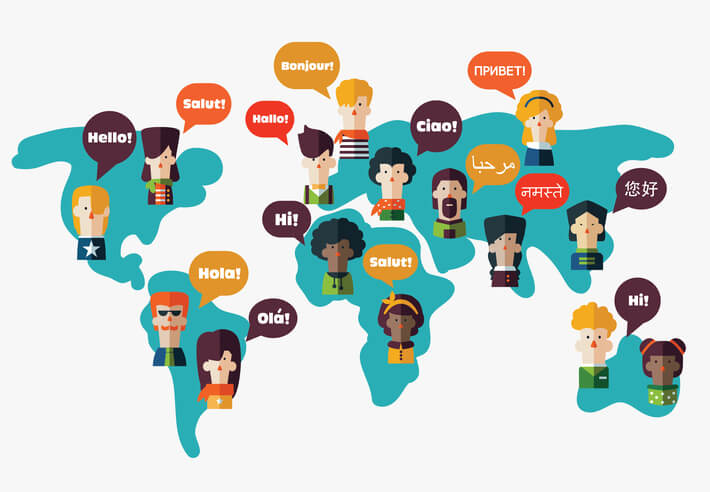Foreign Language Education Needs a Boost
February 15, 2023
More than 1 in 8 Americans speak Spanish, and more than 1 in 5 speak a language other than English. While English is largely the main language of the United States, it is not the only one. This is evident even at South—walking through the halls in between classes, I hear Spanish, Portuguese, and other languages that I don’t recognize. These languages are important parts of our country—they influence popular culture like music, movies, and celebrities. More importantly, they are central parts of the American people. However, many people, such as myself, have only grown up speaking English. I believe that in order to participate in American society, a high school language education (in a language other than English) is crucial. And the current way that language is taught in the Worcester Public Schools should be altered, so that it begins earlier, continues for longer, and involves a more creative curriculum.
We should increase the amount of language education in our schools. My classmates and I did not start taking another language until middle school, while my cousins near Boston have been learning Spanish since kindergarten. Teaching language from a younger age is beneficial for many reasons. It increases familiarity with the language and culture—although elementary schoolers probably can’t learn complicated verb conjugations yet, they can learn vocabulary and phrases. Furthermore, research has shown that children have an easier time learning a language when they are younger. All of this works together to make children more comfortable with a new language. This, in turn, decreases the stigma around learning a language. In middle school, many of my monolingual classmates and I were nervous about learning Spanish. Our teacher’s classroom was covered in multicolored vocab and verb drawings—which we couldn’t read. It all seemed scary and unknown, and we were intimidated. Had we started learning another language at a younger age, we might not have been intimidated—we might have been more eager to begin our language education.
I believe it matters when foreign language education begins. However, its duration also matters. As of now, the Worcester Public Schools requires two years of the same language in high school in order to graduate. Maybe it should be more than two years. With two years on average in middle school, and two years in high school, that’s only four years of another language; it is unrealistic to expect students to have learned a language in four years. Most American students have been learning English since at least kindergarten, and are still learning more about it in high school. And yet, the United States is a multicultural and multilingual country—and it will only grow more so in the coming years. In order to participate more fully in American society, high school students should have a good understanding of a language other than English. Two years of high school language is not enough—I think it should be more, maybe three or even four. This would allow for better familiarity with the language and its culture, broadening students’ knowledge of the world. Ultimately, I believe it would result in a more informed, better educated population.
The way foreign language is taught also has an impact on how students receive it. For me, Spanish has always been taught through textbooks and worksheets that highlight exactly how to use verb tenses or vocabulary. It is instructive but limiting. I recognize the importance of repetition in learning—while filling out a worksheet about the present perfect tense may be boring, it will likely drill the present perfect tense into the student’s head. However, I believe that language education could be expanded to be more creative. Personally, I have always enjoyed trying to read stories, listen to music, or watch movies in Spanish. In these instances, I don’t know all of the words, and I can’t recognize all of the grammar. But I have the opportunity to apply the skills I’ve learned through the worksheets and textbook readings, in order to make sense of something in another language. There is always more to learn when learning another language. In the real world, it is unlikely I would understand everything that someone says to me in Spanish. Therefore, it makes sense to teach students in a way that allows them to problem solve, and make the most of their knowledge. Introducing a greater immersion element to language education encourages students to think critically about language and optimize their abilities.
The United States is a country of many languages and cultures. While English is the main language in our country, it is not the only one. It is important for American students to receive a good education in a language other than English—whether it be Spanish, Portuguese, Mandarin, Arabic, or another language. In this way, our students will be prepared to participate in American society.




